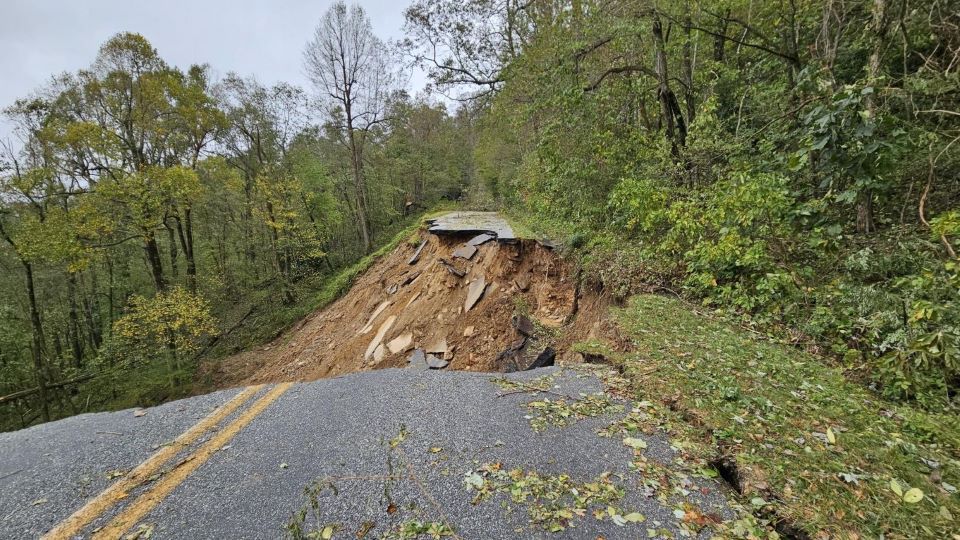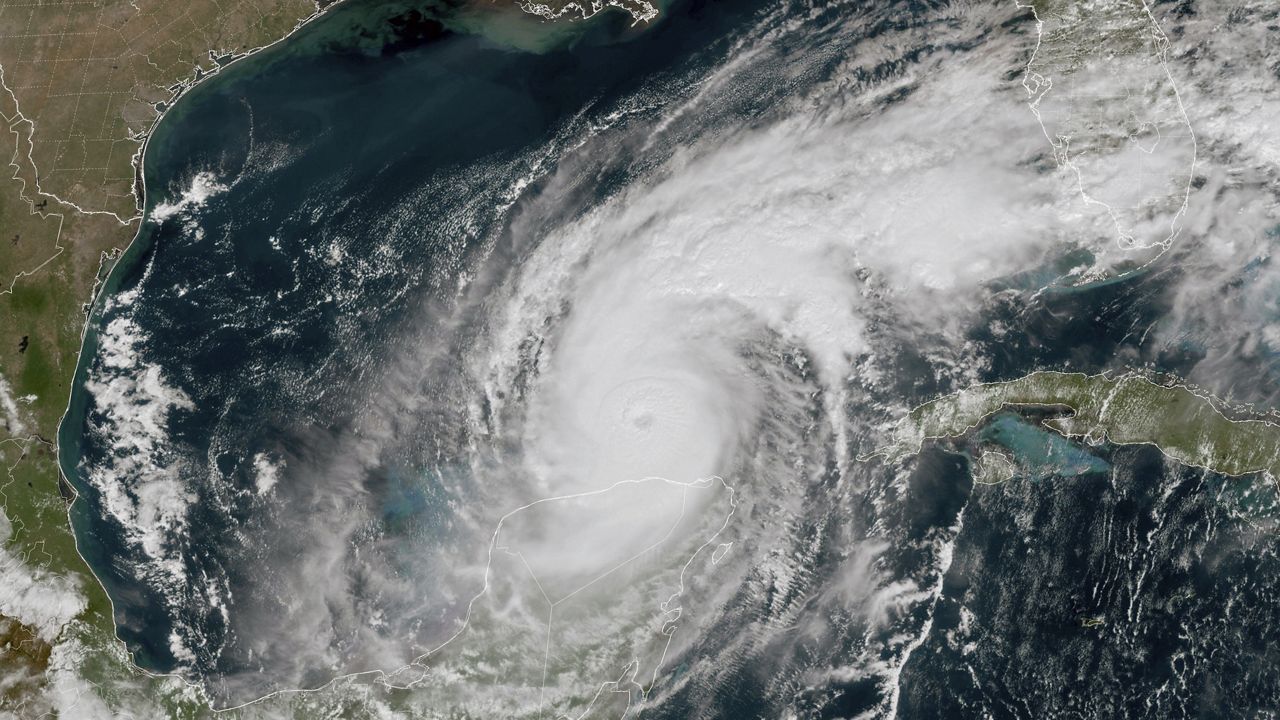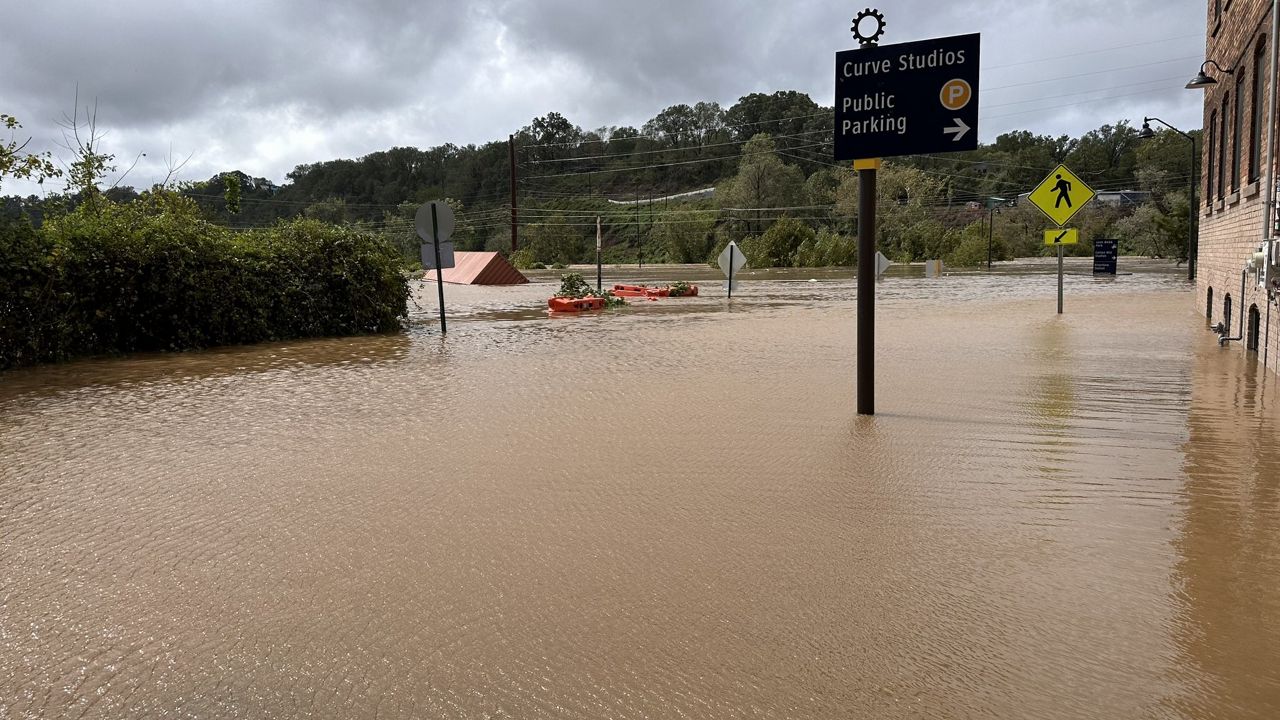Search and rescue teams continue to work their way through western North Carolina's mountains and river valleys, delivering food and water and trying to find missing people.
As of Tuesday, 89 people are confirmed as killed during Helene, mostly from flooding. That number could continue to rise. Almost half of the confirmed fatalities are in Buncombe County, which includes Asheville.
Helene is the deadliest tropical system on record for the state, according to the North Carolina State Climate Office. The previous record was set with the flood of 1916, which also hit the Asheville area and communities in western North Carolina and killed "an estimated 80 people," according to the climate office.
"These communities are home to family-owned businesses and neighbors who are helping one another. We will continue to work with Western North Carolina to respond and recover from this catastrophic storm,” Gov. Roy Cooper said Monday as he toured Chimney Rock and Lake Lure, two communities that saw catastrophic flooding from Helene.
Many parts of the mountains hit hard by the floods are still without power or water. Officials in Asheville said it could take months to restore water there. Roads have been blocked or washed out, including part of Interstate 40 near the Tennessee state line what washed away with the Pigeon River.
More than 100,000 homes and businesses are still without power in western North Carolina, according to state officials.
Cities and towns are starting to collect debris from the storm, including downed trees and items from flooded homes.
The level of destruction has made it difficult to reach many communities. For some areas, the only connection to the outside world is by helicopter.
Thousands of National Guard members and active-duty troops are in western North Carolina to help delivery supplies and clean up the area. They are using 40 helicopters and more than 1,000 specialized vehicles to help deliver supplies and evacuate people.
The North Carolina Department of Health and Human Services confirmed 84 deaths from the storm as of Tuesday:
- 1 Ashe
- 4 Avery
- 40 Buncombe
- 1 Burke
- 1 Catawba
- 2 Cleveland
- 1 Gaston
- 4 Haywood
- 7 Henderson
- 1 Macon
- 4 Madison
- 1 McDowell
- 1 Mecklenburg
- 2 Mitchell
- 1 Polk
- 2 Rowan
- 3 Rutherford
- 2 Watauga
- 1 Yadkin
- 10 Yancey











